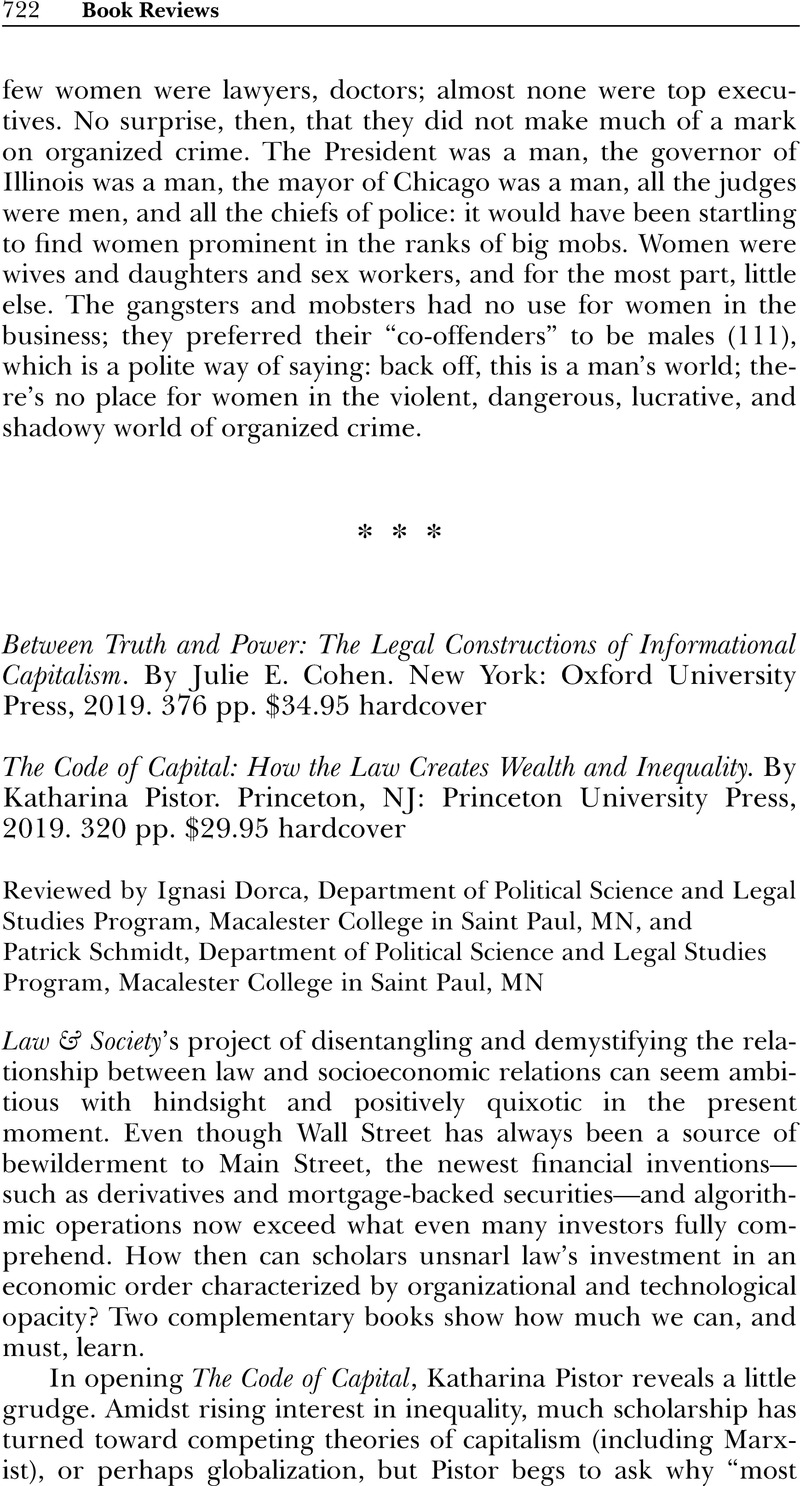Crossref Citations
This article has been cited by the following publications. This list is generated based on data provided by Crossref.
Jolicoeur, Marie-Pier
2023.
Vérifier l’âge des internautes sur les sites pornographiques pour en limiter l’accès aux personnes mineures : une mesure novatrice et nécessaire pour le droit canadien.
Lex Electronica,
Vol. 28,
Issue. 2,
p.
79.



